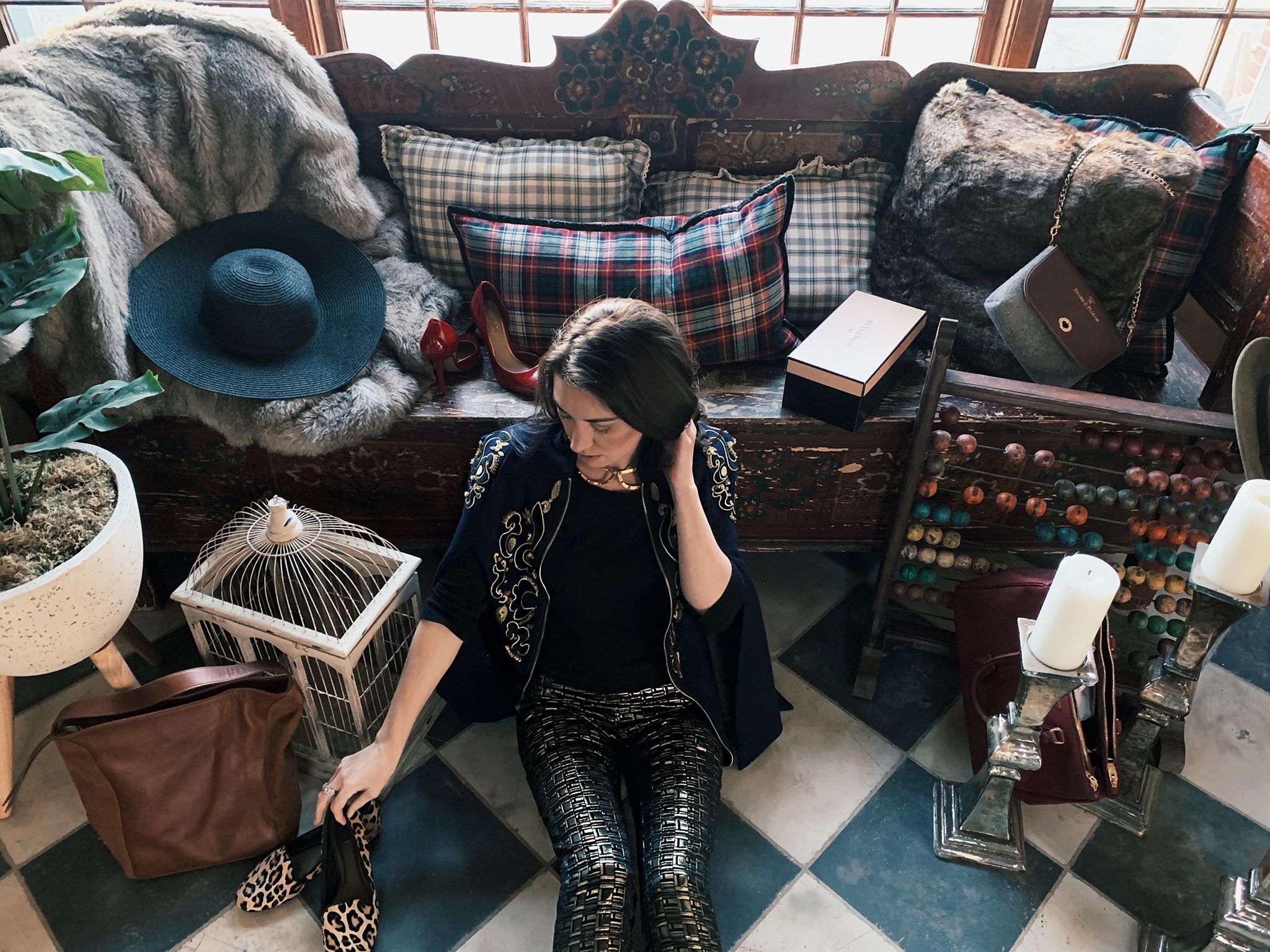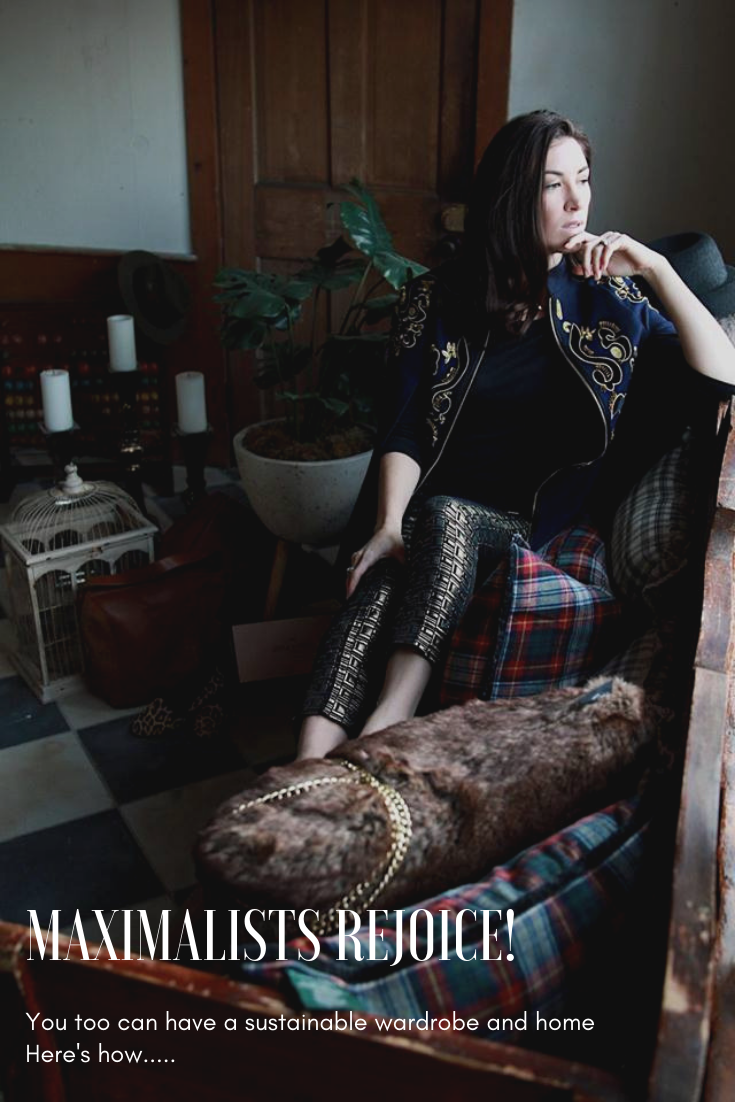Maximalists Rejoice! You too can have a sustainable wardrobe and home
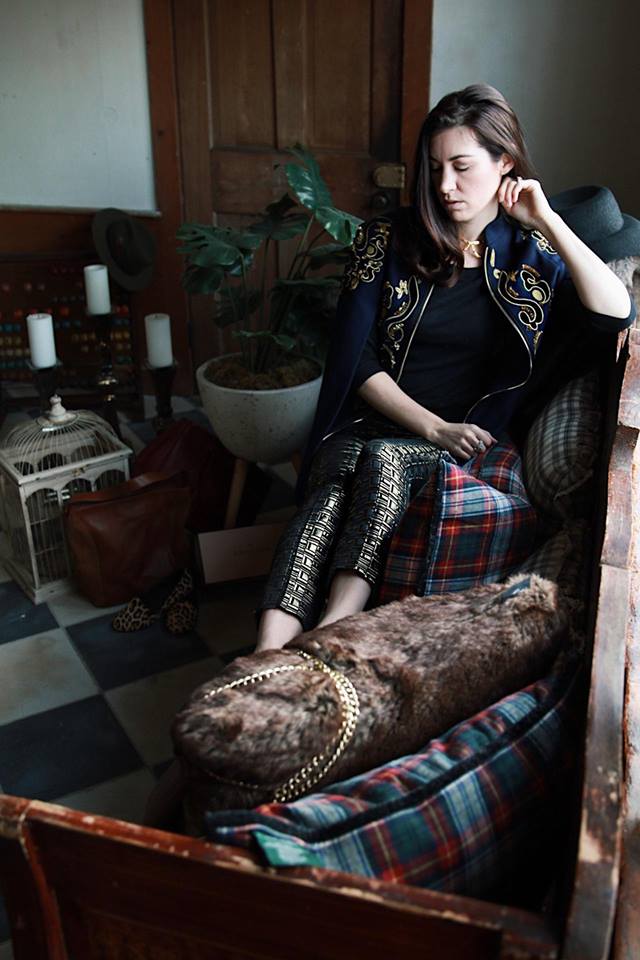
[apss-share]
Alas, I am not a minimalist. It’s not for me. There is however, something visually seductive about the glossy Pinterest photos of clean white lines, a twenty-piece wardrobe, and an entire life that could fit in the backpack that is visually stunning. But, in all practicality it makes me feel nauseous and unsettled. There is nothing homey or comforting, to me, about those clean white lines. I am a self-prescribed maximalist who enjoys a layered approach of items with a history and a personal connection. While I enthusiastically applaud the efforts of those who undertake minimalism I am a tiger who can’t change her stripes – nor should I have to.
If you follow sustainable fashion whether on social media platforms such as Instagram, Facebook, Pinterest, on blogs, watch the occasion documentary or news story then you know minimalism is trending in synch with sustainability. Much needed attention is being given to the act of intentional living and surrounding oneself with only the necessities. It’s a movement that as Joshua Becker writers on Becoming Minimalist: embraces the freedom from the passion to possess, freedom from modern mania, freedom from duplicity, and the focus on the internal not the external. But this post isn’t about minimalism. It’s about maximalism.
Maximalist rejoice! You too can have a sustainable wardrobe and home but first let’s clear some things up.
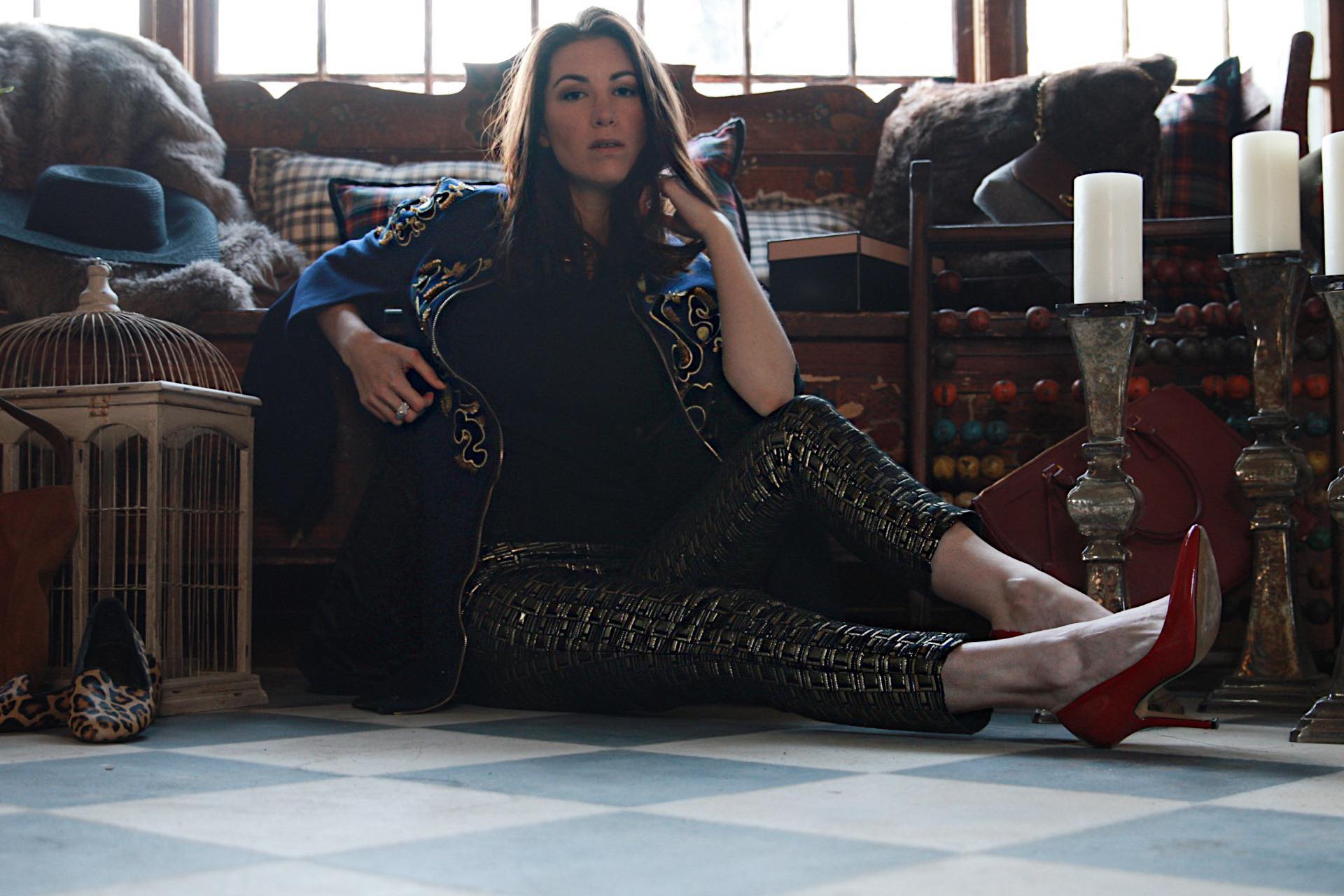
Why Don’t Minimalism and Sustainability Go Hand-In-Hand?
On the surface minimalism sounds like the perfect companion to sustainability and a greener lifestyle. Less things mean an eco-lifestyle, right? Not necessarily. Every minimalist will at some point in their life have to buy new products. They will have to wash their face, brush their teeth, get dressed in the morning (unless they live in a nudist colony to which I have no rebuttal), cook meals, sleep on a bed, and so on. The products they acquire may or may not be sustainable. They are either good for the environment and pay respect to the people who made them or they don’t. This is the essence of sustainability: the practice of purchasing products – as needed – in a manner which takes into consideration the lives of future generations. And, I would like to add the human condition of present. As a minimalist acquires products they must adhere to the sustainability ethos in order to do no harm. It doesn’t matter how many things you have – if they are harmful to your wellbeing, your wallet, the environment, and the larger global community – then minimalism isn’t sustainable. Only they can decide how their purchases, be them many items or few, will affect future generations. But, minimalism shouldn’t be confused with sustainability.
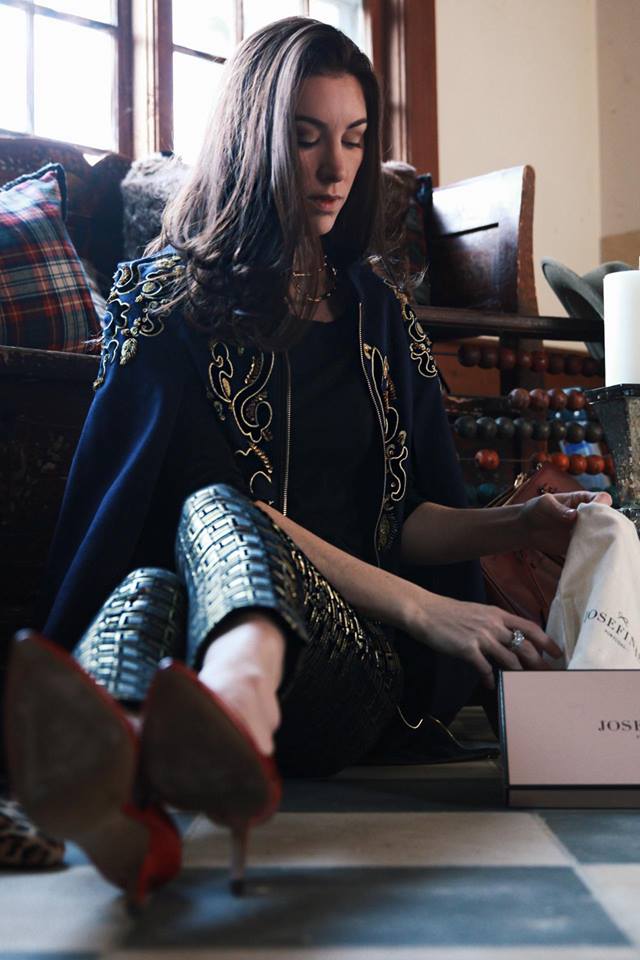
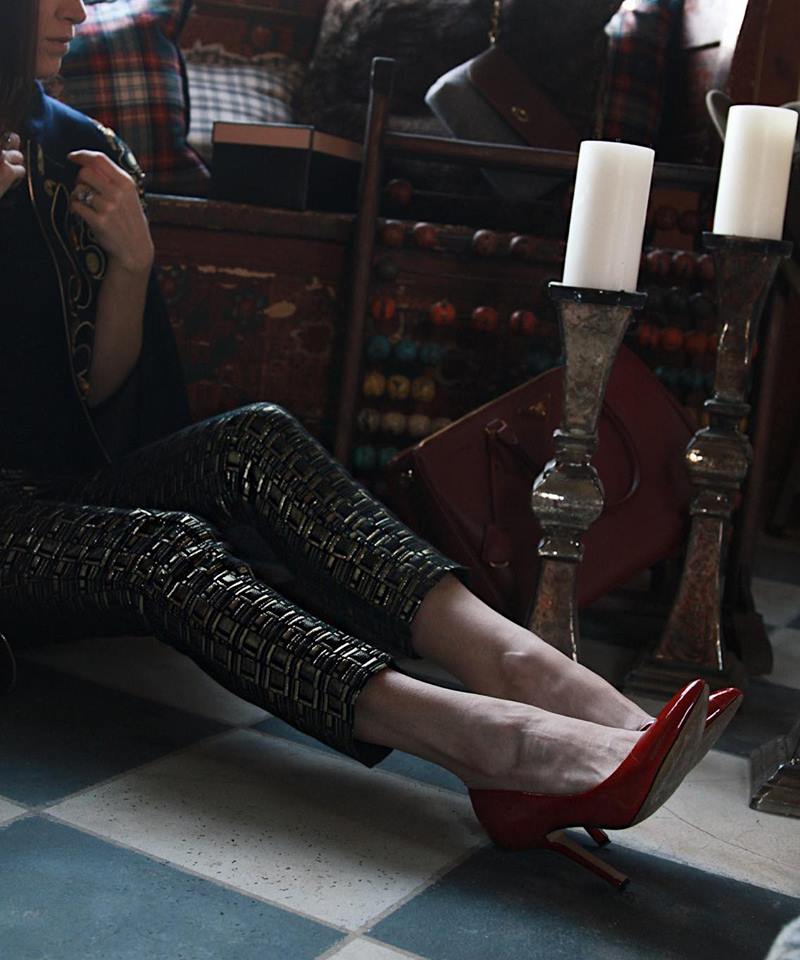
What is Maximalism?
Minimalism stands on one side of the spectrum while maximalism on the other. In the middle: mass consumerism that is affected and swayed by marketing and advertising (read fast fashion and trends). You might be surprised to hear that minimalism and maximalism have more in common than you think.
Maximalism is the visual and tactile explosion of color, pattern, and texture. It isn’t limiting yourself to a certain number of items but instead introduces objects that have a clear purpose. When you look at successful maximalists you’ll see there is a reason – an intention – for each item. It is the layering of items, which sometimes appear contradictory; whether that be your clothing or your home décor, in a way that brings you joy. Maximalism shouldn’t be confused with hoarding. Like minimalism each item is carefully acquired and curated with intention. Every item has and serves a purpose. It’s not about having stuff crammed into every drawer or tucked away where it won’t be used.
“Maximalism shouldn’t be confused with hoarding. Like minimalism each item is carefully acquired and curated with intention.”
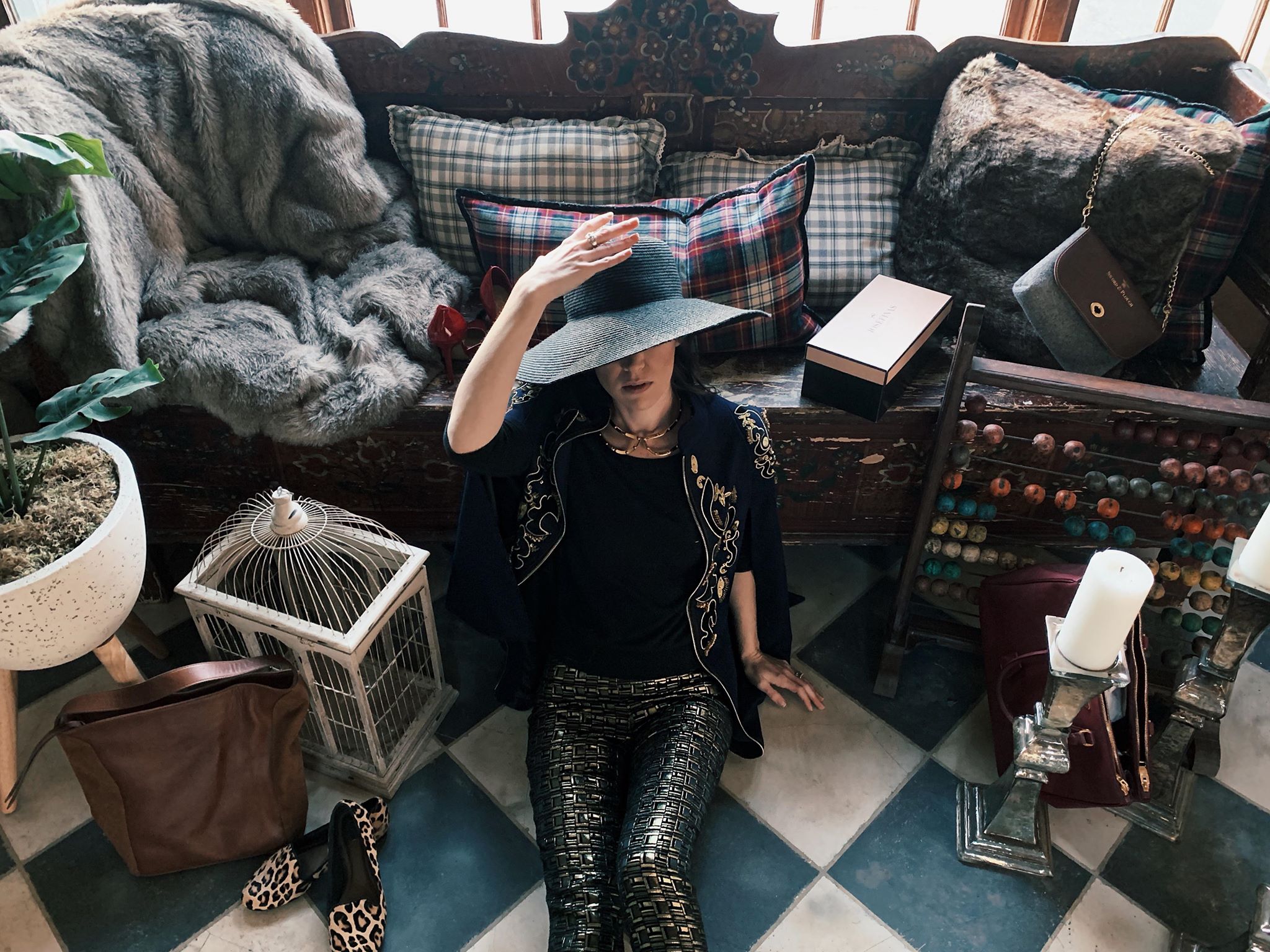
Successful maximalist, while their homes may seem like a kaleidoscope of colors and items – sometimes chaos – can tell you where every item is, why they love it, what purpose it serves, and where they bought it from. Maximalism also isn’t about buying unconsciously or compulsively. Much like minimalism, only with more items, maximalism is about the freedom from external pressures, it is intentional, and it is uniquely individual.
Mass consumerism has told us we need to buy the newest fashion trends, the latest gadgets, to update our kitchens every ten years, to acquire the latest fitness tools, the best seller books, and to generally keep up with the “Joneses” or the latest Instagram “influencers”. The list is endless. Maximalism bucks this mass consumerist trend by acquiring objects and items that serve a personal meaning. Think of it more like a collector with various interests but a deep appreciation and understanding of the value of each item.
It’s not about giving into consumerist trends and advertising dollars but instead finding joy in items that ring true to their unique personality. (Sorry Marie Kondo. I won’t be decluttering anytime time soon. A true maximalist doesn’t have clutter.) It’s highly unlikely that you will find a maximalist in a department store or on any high street. They are ignored in favor of items that are unique, one of a kind, often vintage, and speak to the individual on a level that isn’t relatable to the general market. Instead, you’ll most likely find them tucked away in a store that isn’t easily found. There they will be deep in conversation with the owner learning about the history of each item, the method in which they were made, and the owners own life story. It is a connection that is lost with mass consumerism but found in the homes of maximalists.
“Neither minimalism nor maximalism are sustainable unless you intentionally practice sustainability.”
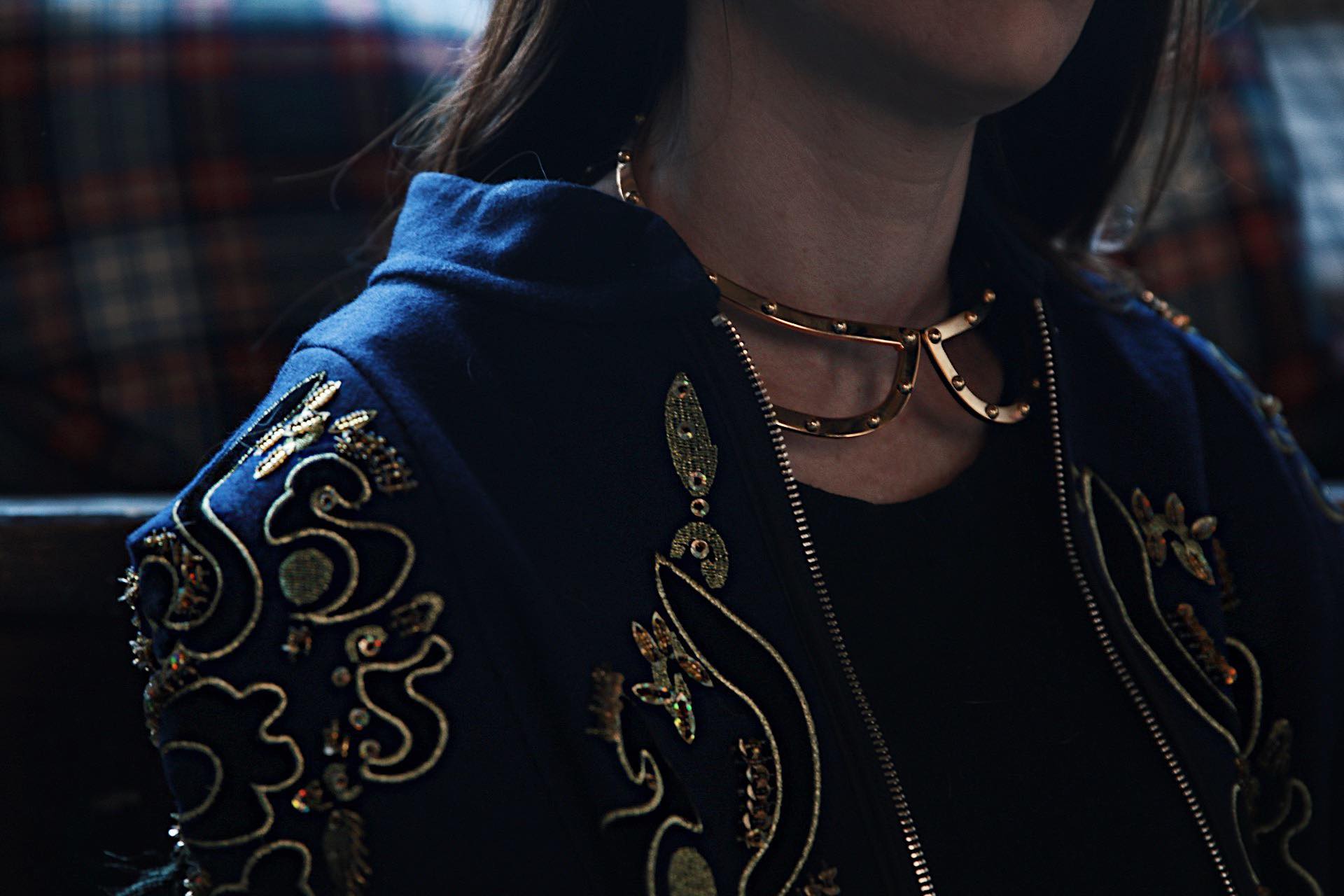
A Sustainable Wardrobe or Home Is What You Make It
Be you a minimalist or a maximalist, sustainability is how you approach buying. Neither is sustainable unless you intentionally practice sustainability. Owning a hundred items doesn’t inherently make you sustainable and owning a thousand things doesn’t inherently make you unsustainable. It’s all in the approach. So, if minimalism isn’t for you and you find yourself drawn towards the layering of colors, patterns and textures, how do you do it sustainably?
*Avoid Trendy Pieces:
Maximalist eschew trendy pieces (even holiday decorations) in favor of items that are timeless and speak to their individual design aesthetic. If platform shoes are in style a maximalist will forgo buying them in favor of the kitten heels which they have carefully curated and prefer.
*Second Hand:
To be sustainable, filling up your home and wardrobe with pieces should be second hand. This could be an online vintage Hermes scarf or a trip to your local Goodwill to procure Champaign flutes. Buy only buy what speaks to you. If you are undecided about an item, leave it. You will find another similar in the future and it isn’t worth the regret later that the item isn’t quite what you wanted or doesn’t fit your design personality. These are the pieces that will end up in the trash a year later if you’re not careful. To get an idea of the kind of second hand/vintage pieces you can find online check out: Sustainable Gift Ideas For Collectors.
*Family Heirlooms:
Personally, I love family heirlooms – pictures, pitchers, furniture, or my favorite – clothing. Every time I pick up an item that has been passed down through the generations I feel a sense of belonging; a sense of history which is not relatable to others. It’s as personal as items can get. *Careful to not be the dumping ground for everyone’s stuff. Only take items which you love and which you can find a well deserving spot for in your home or closet. *
*Salvage:
This might be a bit controversial or yucky to some of you but indulge me for a moment. Growing up my dad would tell me about how when he was putting himself through law school he worked as a garbage man. While working, he was able to furnish my mother’s and his home through things that were left on the side of the road. Many of these items were brand new – still in their boxes, some were not. My husband and I too have been known to stop curbside to procure items which we have been looking for including countertop stools and wardrobes. With a little TLC these items are as good as new.
*Shop With Intention:
Whether you are a minimalist or a maximalist your intention behind each purchase is important. As I mentioned, maximalist don’t shove things in drawers to then be forgotten. Will you use it? What significance does it hold? What is its end life? These are important questions that you need to be able to answer in a sustainable manner regardless of which side of spectrum you find yourself on.
*Repurpose:
As a maximalist your home and wardrobe will be full of items that you love. What is their end life? Is it something that will gain value over time – something vintage? Or is it something that can be upcycled? What is it made from? Most maximalists appreciate products that are made from materials which are environmentally friendly. (Synthetics don’t often go hand in hand with craftsmanship). Many, if not most environmentally friendly products can be repurposed or upcycled. If not directly used by their original owners, these items can be responsibly broken down and reimaged by companies that specialize in such transactions. Know the end of life use for each product.
*Support Small Businesses:
Maximalists are often enchanted by the stories behind each product which is why they choose to purchase one of a kind, bespoke, and/or from small businesses. This means purchases from Amazon or high street stores are few and far between. By purchasing from small businesses they not only supporting the local community but can learn to differentiate from items which are mass produced and those which are environmentally friendly and fairly made.
*Work With The Space You Have Not What You Might Have:
Maximalism is not hoarding. It is not about shoving things in the attic, the basement, or in every empty drawer. Maximalist will fill the space they have but ONLY that space. They don’t utter the words “one day” or “when I have a bigger place”. This is true for their wardrobe as well. To make their wardrobe sustainable they not only buy items that are manufactured in an eco-manner but they don’t tuck things away in bins that are discovered a year or two later. Use the space you have. Layer it with color, texture, and patterns but do not hide items away for a “someday” scenario.
Maximalism isn’t about mindless consumption. It isn’t about filling spaces because they are there.
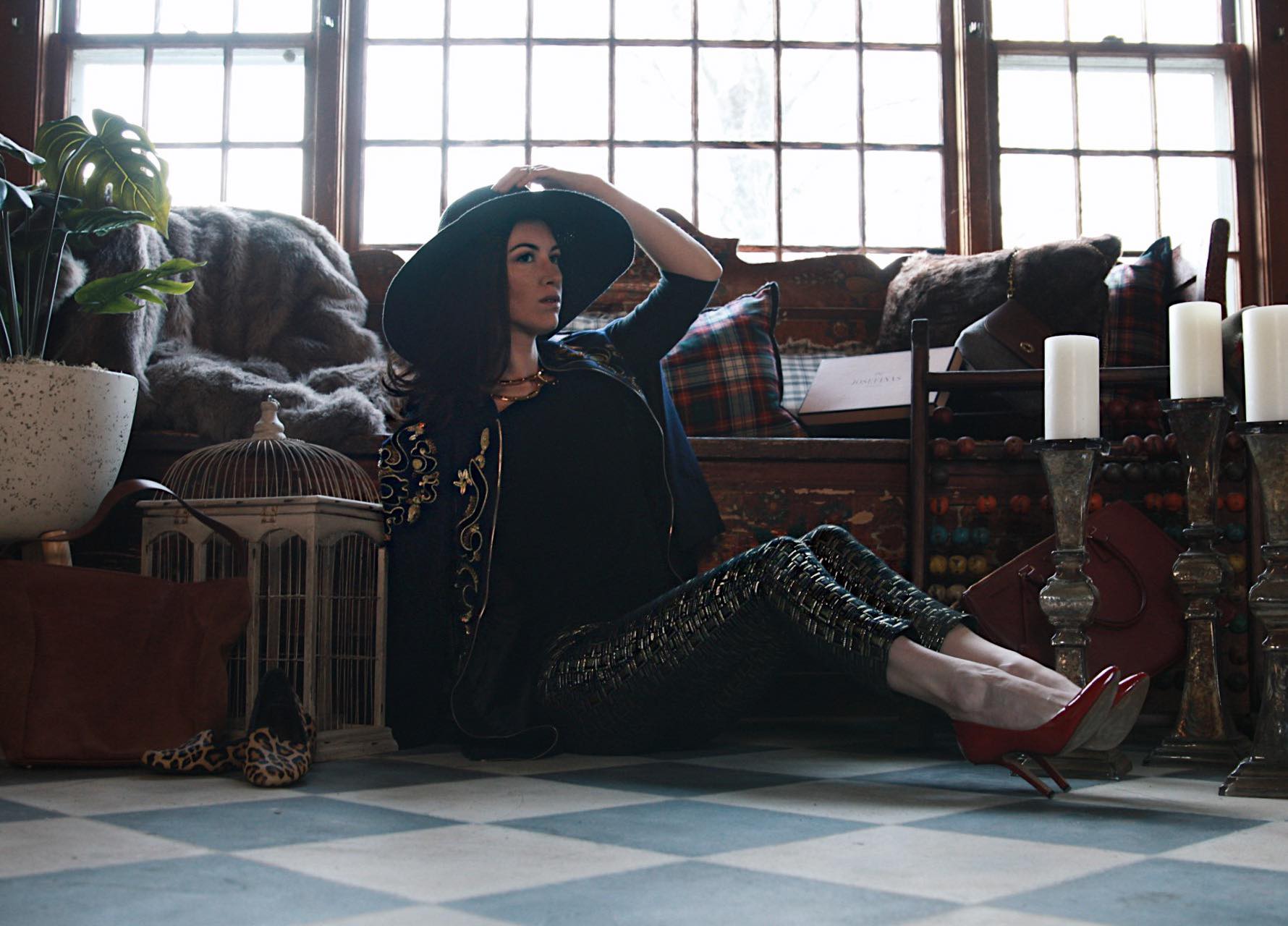
If you want a sustainable wardrobe and home remember…
Maximalism isn’t about mindless consumption. It isn’t about filling spaces because they are there. It is about the careful curation of items, feeling a close connection to their history, and an understanding and appreciation for their construction. It isn’t about how much you buy but where it comes from, how it is made, and what it supports be it the environment or the people who made it (ideally both), and its end of life.
With these tips maximalists, you too, can have a sustainable wardrobe and home.
Maximalism isn’t for you?
Not every shoe will fit everyone. Here are a few resources on practicing minimalism in a sustainable manner if you find that maximalism isn’t your cup of tea.
How to Incorporate Minimalism into all Areas of Your Life
5 Simple Mindsets Changes for a Happy Clutter-Free Life
